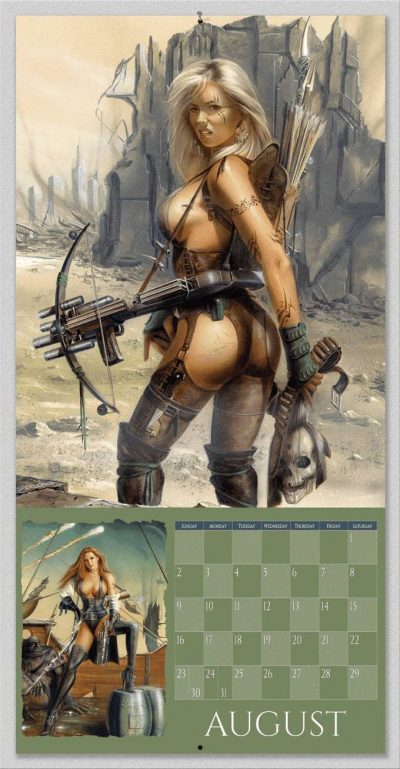Welcome to our 12th annual round-up of girls with guns calendars (though only the past nine still exist, the first three having been port of the GWG forum, which had be put down due to spam!). It’s always an indication that the year is coming to an end, and 2021 has been… interesting. Not necessarily in a good way, as I ended up spending my first night in hospital ever. Thanks, COVID-19! All better now though; let’s hope 2022 proves less of an issue there! And what better way to look forward to the new year, than with a calendar?
As ever, some depart and others arrive. Apparently lost from last year are Alpha Gun Angels, whose website is now down, and Facebook hasn’t been updated since March. But there are still quite a few for your browsing pleasure. Therefore, below, you’ll find prices (generally excluding shipping), sample images and links to purchase for all the calendars we could find. We’ll add more if we see them, feel free to email us if you know of any others.
TAC GIRLS
TacGirls.com – $18.95
“The Tactical Girls® 2022 Bikini Gun Calendar is our Best Girls and Guns Calendar yet, with 13 months of beautiful girls and exotic weaponry! Every 2022 Tactical Girls Calendar comes with a 12X24 mini Poster insert with the cover girl Diamond D – It slides out of the calendar, no tearing or staples to pull. The 2022 Tactical Girls Calendar brings you 13 months of gorgeous models with some of the world’s most exotic weaponry in realistic tactical settings. The 2022 Tactical Girls Calendar includes the Cadex CDX-50 Tremor Rifle, the Kel-Tec Sub CQB integrally suppressed carbine and the DSA SPR, the most accurate FAL ever made. These, along with a variety of AR-15 carbines, battle rifles, shotguns, pistols and sniper rifles make for a perfect Holiday gift for the Marine, Soldier, Sailor, Airman, Police Officer, Shooting Enthusiast, Hunter, Airsoft Player or History buff on your list. Fill that 2 foot square empty space on your Man Cave, garage, barracks or tent wall with 13 months of Girls and Guns.
10% of the print run of this calendar is donated to deployed soldiers and organizations that support them, notably AmericanSnipers.org.”

LIBERTY BELLES
LibertyBellesUSA.com – $14.95
“1778 is a rough year for the American rebellion and Washington’s men are freezing in their Valley Forge encampment. Never fear, the camp following Liberty Belles are here to warm them up. Get ready for another year as they pose for liberty and the right to bear arms, shoulders, and legs. Each month, the ladies portray important female figures (both famous and obscure) who nonetheless fought along side the men during the war that birthed our nation. The design for this 2022 calendar is inspired by Benjamin Franklin’s “Poor Richard’s Almanac.” It features a Lunar calendar, a measurement tool on the side, and a bit of important wisdom from our first president & founder, George Washington, and —of course as always— girls with firearms. This calendar also showcases the dates for some of the most infamous battles of the revolution. Only Federally observed holidays are included in this calendar. The calendar also includes a 12″ x 18″ centerfold pull out poster”

GUNS AND GIRLS
GunsAndGirlsCalendar.com – $19.95
The 2022 GUNS AND GIRLS wall calendar is packed with beautiful pin up models and many of today’s most popular weapons, everything from handguns to AR-15’s. This 16 month large format calendar is 17″x 28″ when hung up and a perfect gift for any Armed Service Member, Police Officer or Shooting Enthusiast. Also includes a bonus 12 month poster inside giving you two calendars in one package!

ZAHAL GIRLS
zahal.org – $???
The website doesn’t have the 2022 calendar for sale at this point, but according to a Facebook post on the Zahal page from August 30, it “is almost ready and it’s going to be hot.” So I’m still going to include it here for now! I’m sure the site will be updated as and when it’s available.

WEAPON OUTFITTERS
As last year, they are doubling their potential sales by offering two versions. The PG-13 version ($24,95) is “Featuring several returning favorites and a few fresh faces,”, while the NSFW version ($34.95), has some of the same models – presumably wearing less! – but also some other faces.

DILLON PRECISION
DillonPrecision.com – $14.99
The website says absolutely nothing about the product, except to inform you that “calendars are shipping now.” They seem to be operating on the basis that a picture is worth a thousand words. :) This picture, in particular.
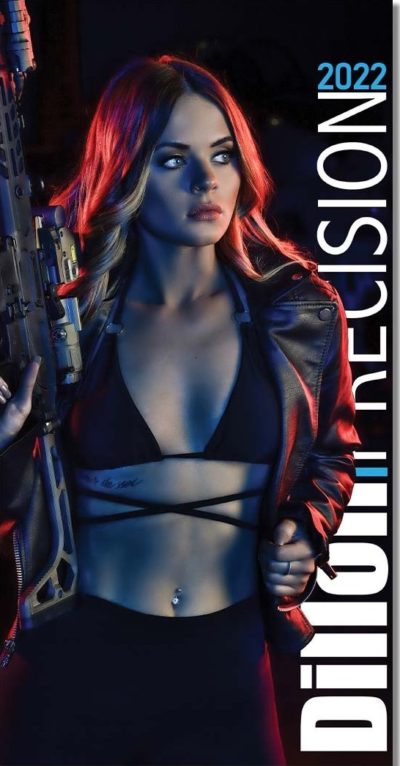
WILD DAKOTA GIRLS
wilddakotagirls.com – $14.95
Seem to be embracing their inner GWG a bit more than last year, going by the cover of this year’s edition! It’s still also for a good cause, with the profits going towards the fight against breast cancer. A worthwhile endeavour. Be a shame if anything were to happen to these puppies. :)

GIRLS AND GUNS
Available through Amazon, $11.99
“For Men, Boys, Booty, Butts, And Guns Lovers. Keep track of your schedule with this wonderful calendar. This calendar will help you stay organized while expressing your personal style.”
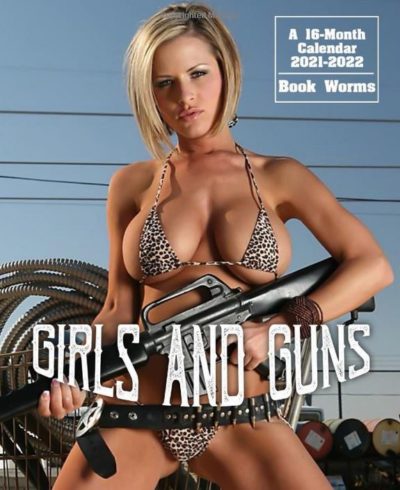
Women With Guns
Poster Foundry, $14.99
“Large 18 Month Calendar Monthly Full Color Thick Paper Pages Folded Ready To Hang Planner Agenda 18×12 inch.” I dunno, they maybe didn’t quite cram in enough search engine keywords to their description?

Girls vs. Guns
From Ebay, $23.85
“Feel more organized with just a glance at your wall. Covers 18 months from January 2022 to June 2023, giving you the full 12 months for 2022 plus 6 extra months of 2023 for convenient year-round planning, appointments, and scheduling. Printed on premium paper with vibrant inks for beautiful, rich colors. Easy to write on as a planner at your work desk, in a classroom or as a family organizer. 2022 calendars make great gifts for birthdays and holidays too.”

HENS AND GUNS
Email [email protected] to order, £13.00
Another charity effort, this one seems to have been around for a while – they talk on their Facebook page about this being their second year, but also mention a 2015 calendar. So I’m a bit confused. But as the only British GWG calendar I could find, they definitely deserve some love!






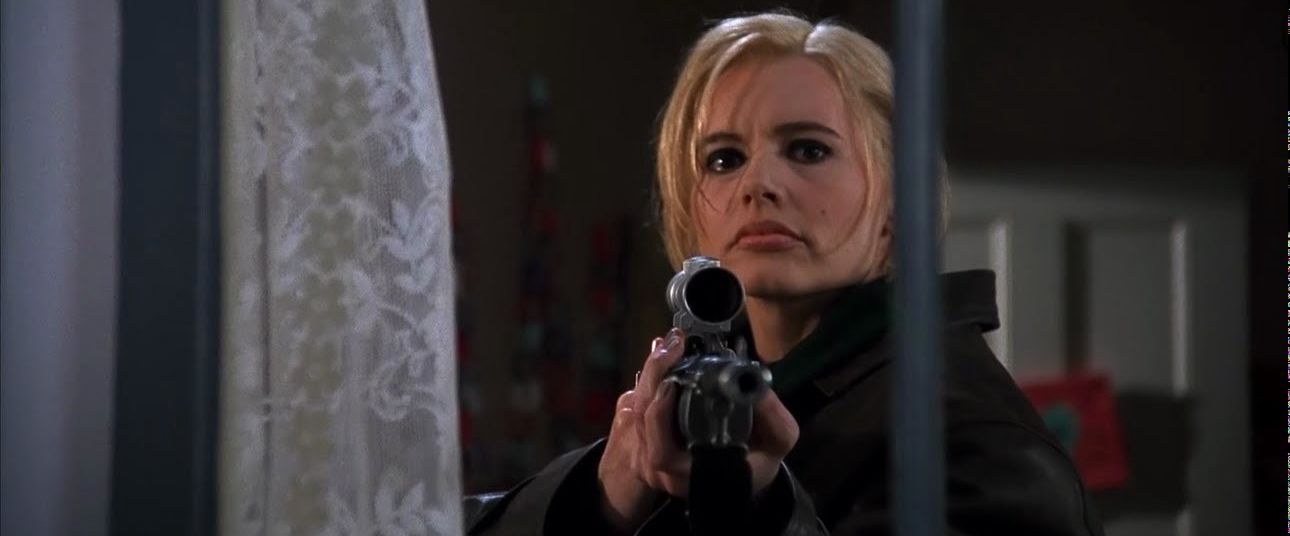 ★★★
★★★ It took place from January-May 1996 in Ontario, Canada, and the conditions posed many issues for the cast and crew.
It took place from January-May 1996 in Ontario, Canada, and the conditions posed many issues for the cast and crew. 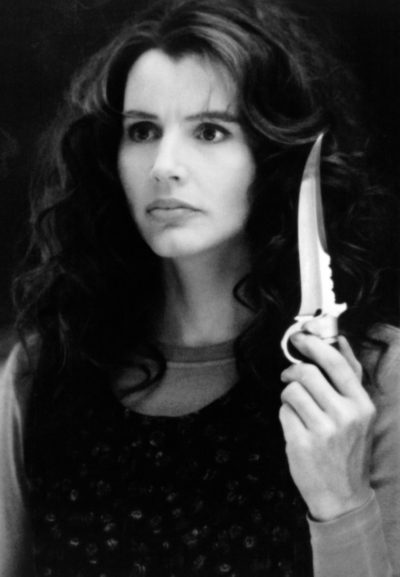 Firstly, what
Firstly, what 
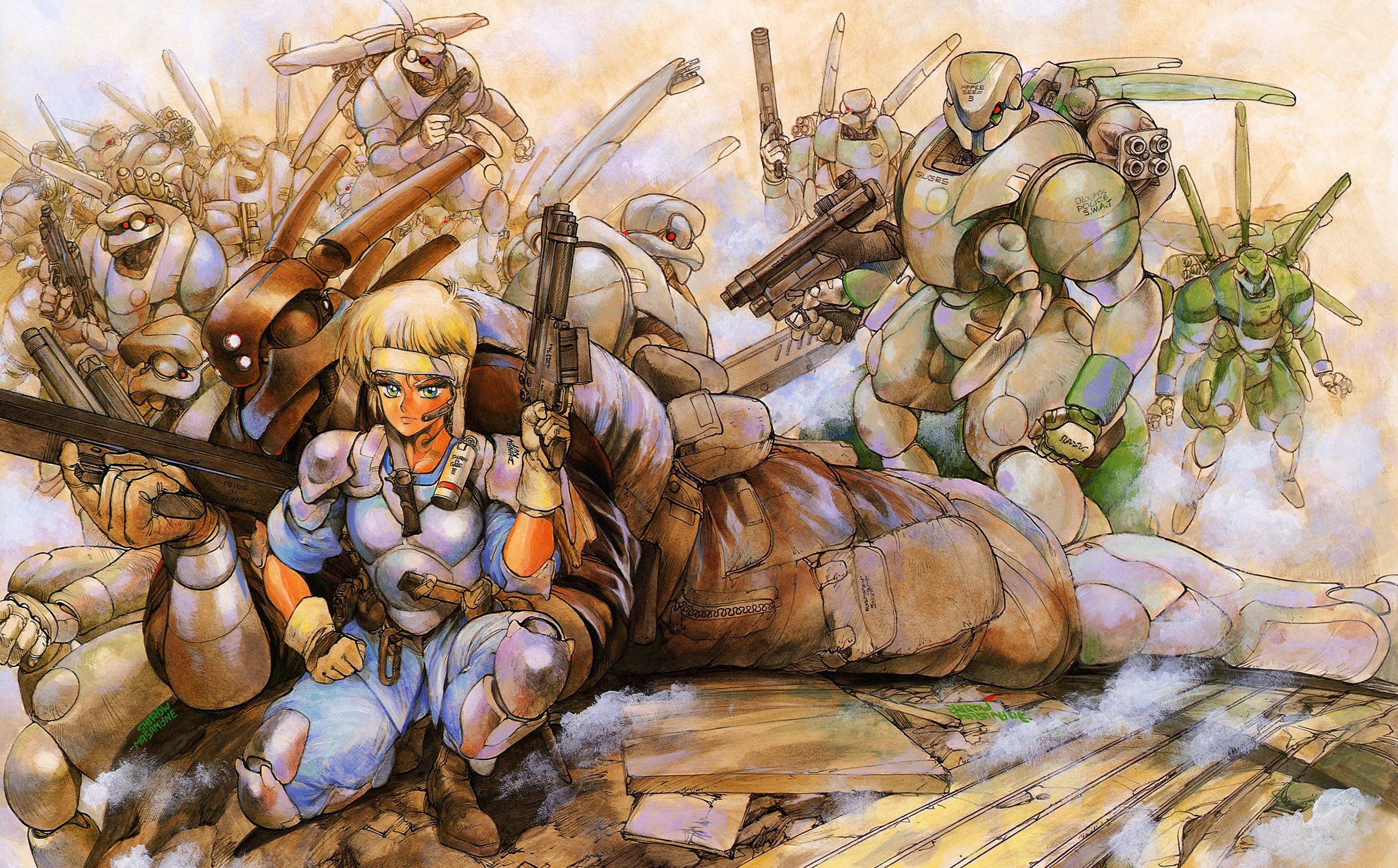














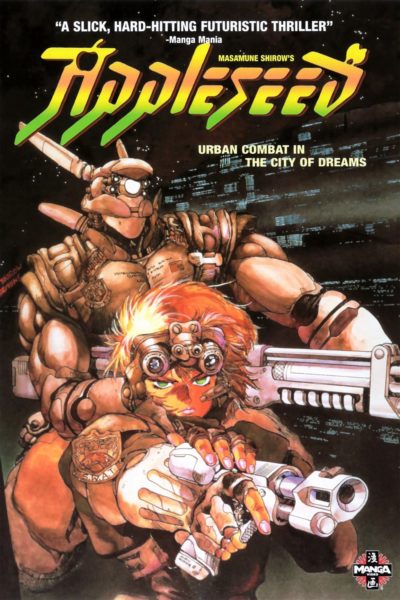



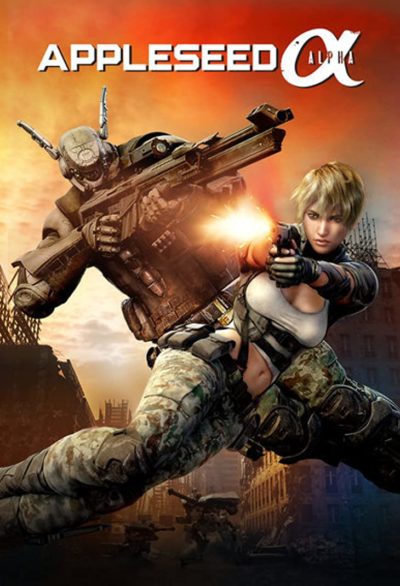

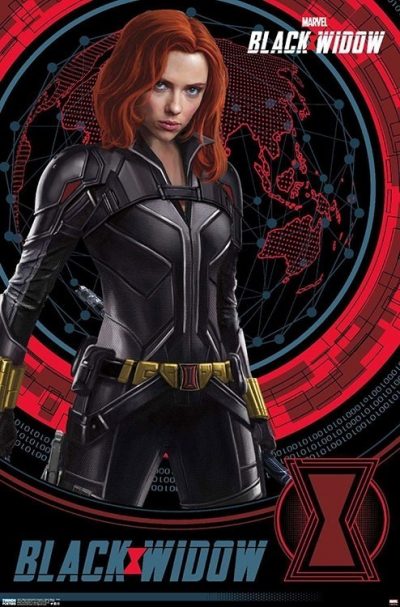
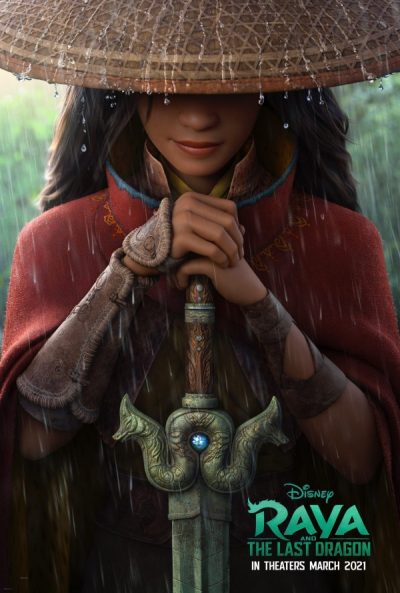
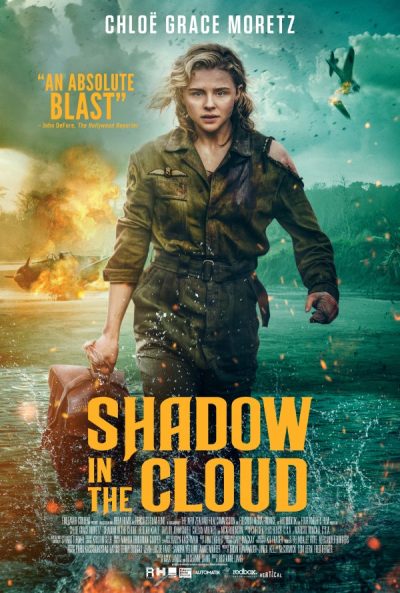

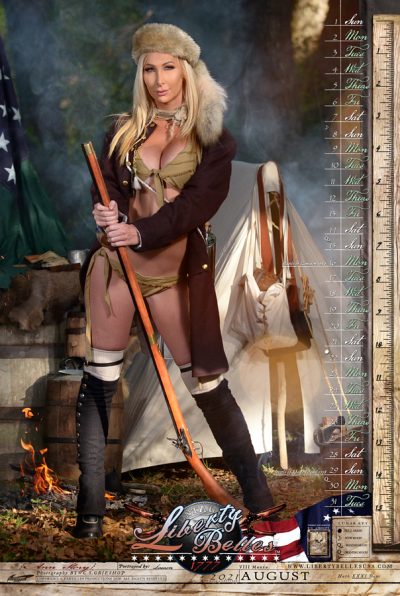

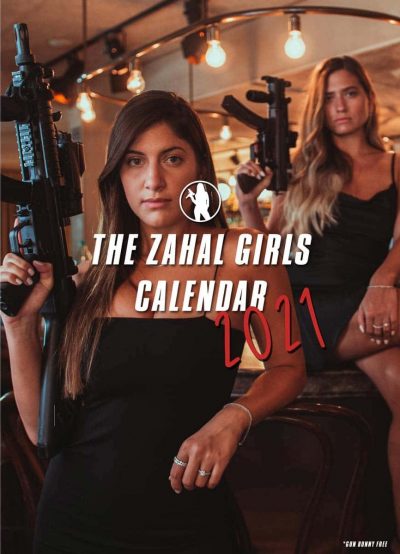
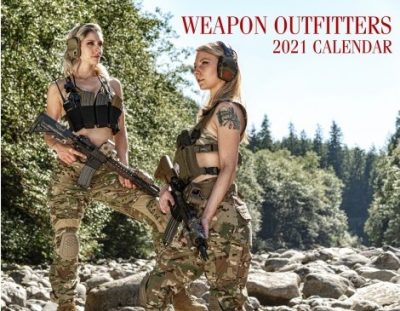
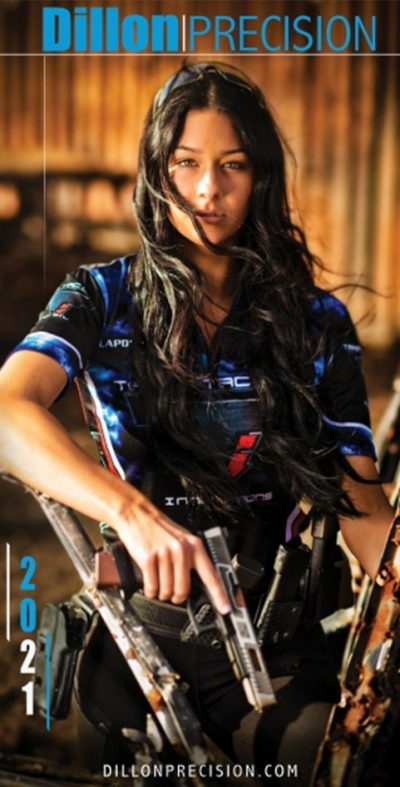
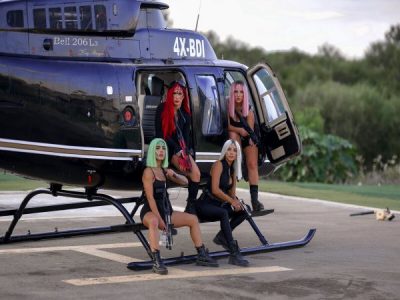

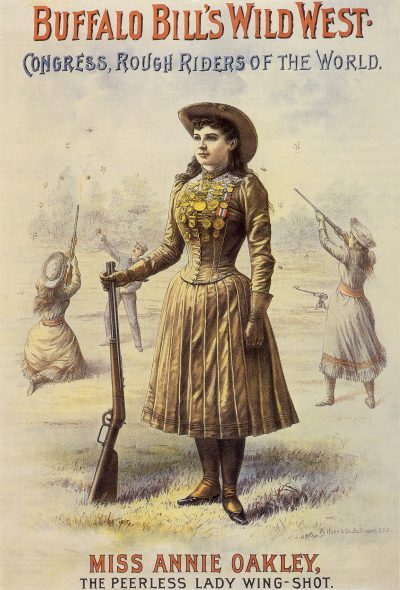
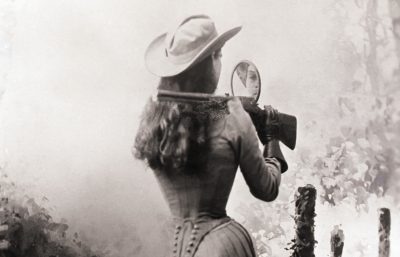
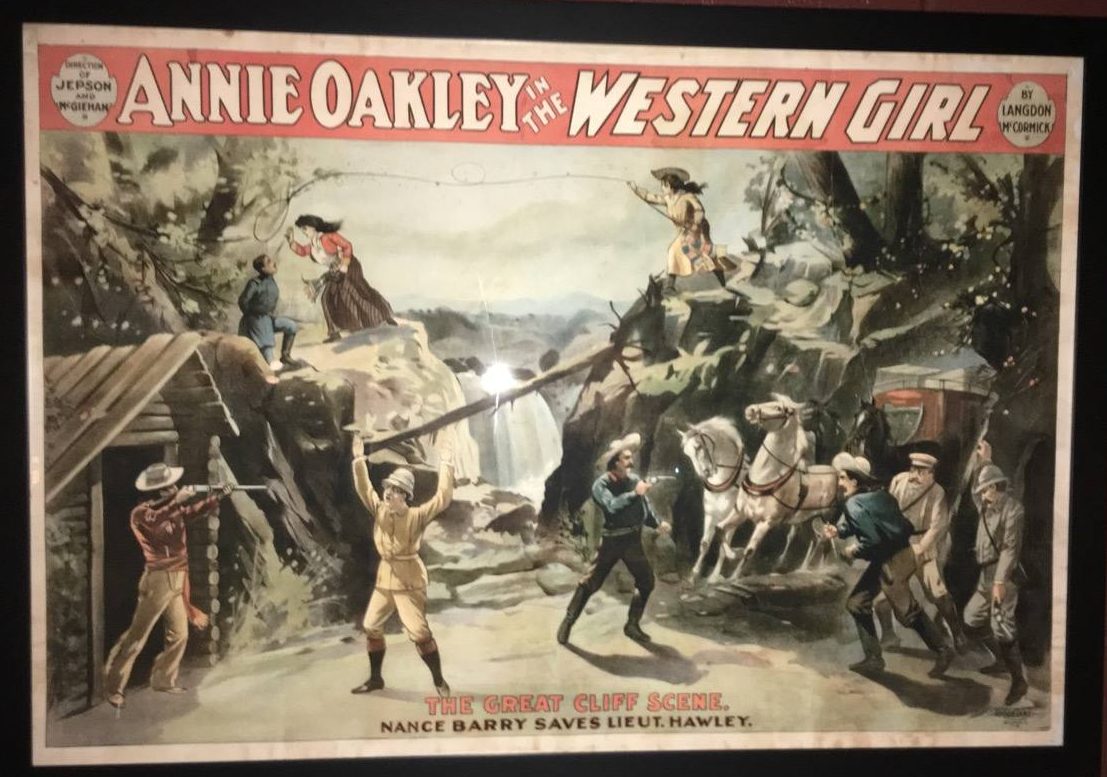
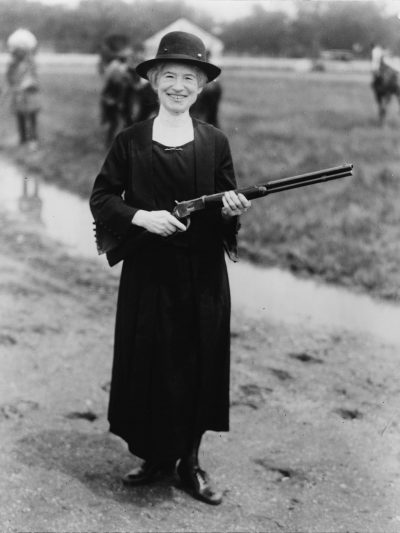 She was far ahead of her time on the topic of women in combat. In April 1898, with the Spanish-American war about to break out, she wrote to the then-President, William McKinley, as follows:
She was far ahead of her time on the topic of women in combat. In April 1898, with the Spanish-American war about to break out, she wrote to the then-President, William McKinley, as follows:
















 While not exactly an accurate retelling of the life of noted sure-shot Annie Oakley, this is breezily entertaining. Indeed, you can make a case for this being one of the earliest “girls with guns” films to come out in the talking pictures era. There’s no denying Oakley (Stanwyck) qualifies here. The first time we see her, she’d delivering a load of game birds – all shot through the head to avoid damaging the flesh – to her wholesaler. When barnstorming sharpshooter Toby Walker (Foster) blows into town, Annie ends up in a match with him, which she ends up throwing, due in part to her crush on him. She still gets a job alongside Walker, in the Wild West show run by the renowned ‘Buffalo Bill’ Cody (Olsen) and his partner, Jeff Hogarth (Douglas). But Annie and Toby’s relationship fractures after he accidentally shoots her in the hand, while concealing an injury affecting his sight.
While not exactly an accurate retelling of the life of noted sure-shot Annie Oakley, this is breezily entertaining. Indeed, you can make a case for this being one of the earliest “girls with guns” films to come out in the talking pictures era. There’s no denying Oakley (Stanwyck) qualifies here. The first time we see her, she’d delivering a load of game birds – all shot through the head to avoid damaging the flesh – to her wholesaler. When barnstorming sharpshooter Toby Walker (Foster) blows into town, Annie ends up in a match with him, which she ends up throwing, due in part to her crush on him. She still gets a job alongside Walker, in the Wild West show run by the renowned ‘Buffalo Bill’ Cody (Olsen) and his partner, Jeff Hogarth (Douglas). But Annie and Toby’s relationship fractures after he accidentally shoots her in the hand, while concealing an injury affecting his sight.









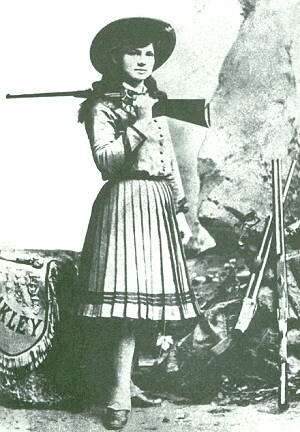 Annie Oakley was one of the earliest “girls with guns”. In her role as a sharpshooter, performing with the likes of Buffalo Bill’s Wild West show, she travelled the globe, appearing in front of Presidents, Kings and Emperors. She shot a cigarette held by the future Kaiser Wilhelm of Germany (accuracy later deplored by American newspapers, after the nations went to war in 1917). At 90 feet, she could shoot a dime tossed in midair, or hit the
Annie Oakley was one of the earliest “girls with guns”. In her role as a sharpshooter, performing with the likes of Buffalo Bill’s Wild West show, she travelled the globe, appearing in front of Presidents, Kings and Emperors. She shot a cigarette held by the future Kaiser Wilhelm of Germany (accuracy later deplored by American newspapers, after the nations went to war in 1917). At 90 feet, she could shoot a dime tossed in midair, or hit the 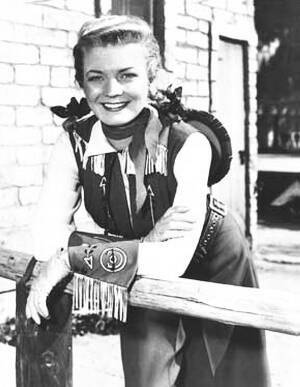 This TV series was Gene Autry’s idea; he wanted to give little girls a western star of their own, and created a show based on the character of Oakley, the most famous sharpshooter of all time. In his version, she lives in Diablo with her brother Tagg (Hawkins) and keeps the town safe along with deputy Lofty Craig (Johnson) – the sheriff, Annie’s uncle Luke, was somehow very rarely around… It ran for 81 episodes from January 1954 to February 1957; two DVDs, with five first season stories on each, have been released by Platinum – you can get the box set of both for $5.99, which is a steal.
This TV series was Gene Autry’s idea; he wanted to give little girls a western star of their own, and created a show based on the character of Oakley, the most famous sharpshooter of all time. In his version, she lives in Diablo with her brother Tagg (Hawkins) and keeps the town safe along with deputy Lofty Craig (Johnson) – the sheriff, Annie’s uncle Luke, was somehow very rarely around… It ran for 81 episodes from January 1954 to February 1957; two DVDs, with five first season stories on each, have been released by Platinum – you can get the box set of both for $5.99, which is a steal.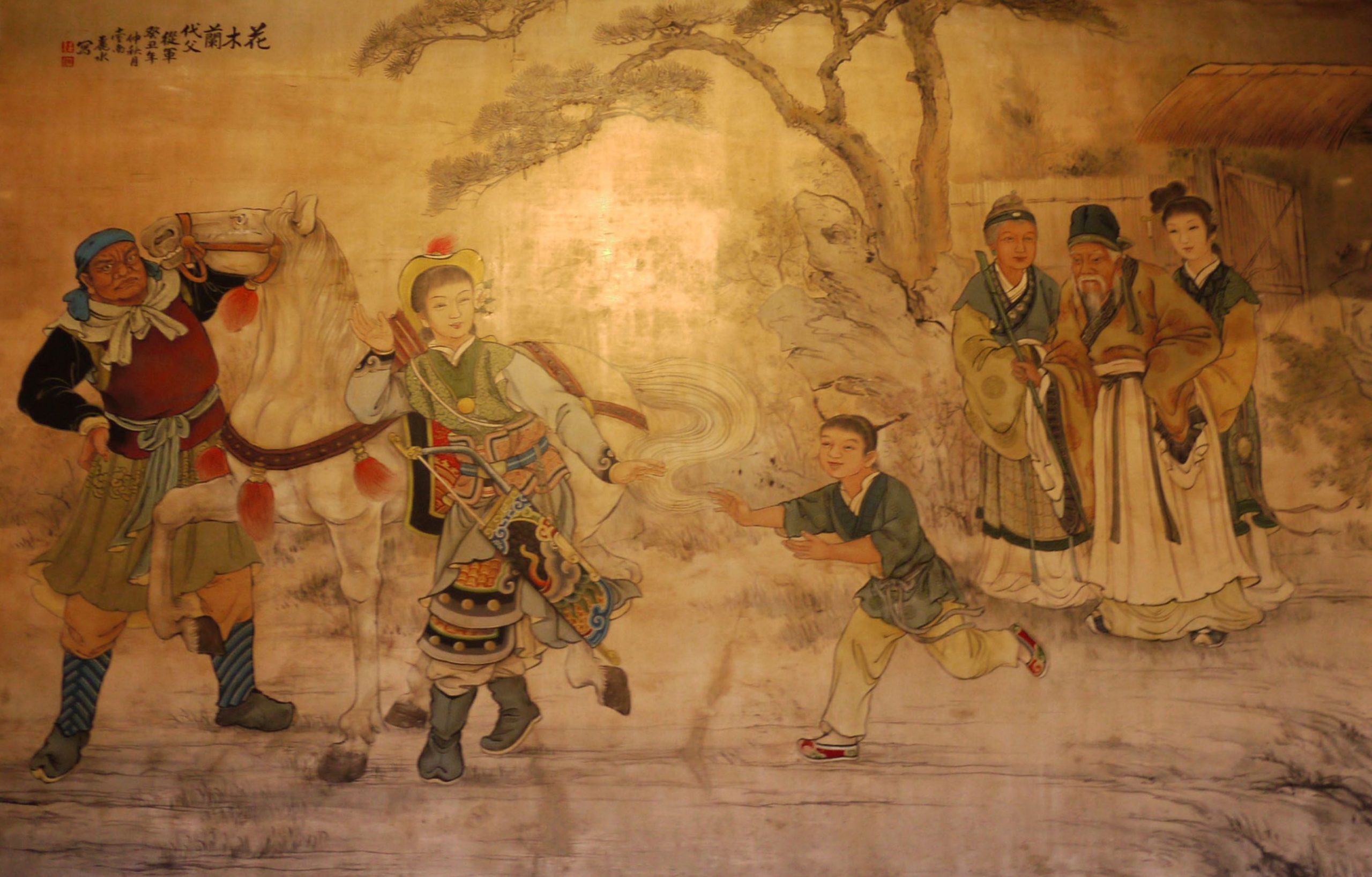 The picture of Hua-Mu Lan enlisting as a soldier instead of her father, was painted by Pan-Li shui on Dalongdong Baoan Temple
The picture of Hua-Mu Lan enlisting as a soldier instead of her father, was painted by Pan-Li shui on Dalongdong Baoan Temple Much as the story of Robin Hood can be told as a parable against contemporary corrupt leaders, so Mulan’s bravery and loyalty can provide a heroic figure to contrast with current events. This applies to cinematic versions of the story, as well as the written, though it can work for the authorities as well. 1939’s Mulan Joins the Army, is unabashedly pro-military and jingoistic, as its title suggests. It’s unsurprising – China was at war with Japan at the time – but stressing the benefits to be gained by soldiers was a helpful recruitment tool. More on this topic below.
Much as the story of Robin Hood can be told as a parable against contemporary corrupt leaders, so Mulan’s bravery and loyalty can provide a heroic figure to contrast with current events. This applies to cinematic versions of the story, as well as the written, though it can work for the authorities as well. 1939’s Mulan Joins the Army, is unabashedly pro-military and jingoistic, as its title suggests. It’s unsurprising – China was at war with Japan at the time – but stressing the benefits to be gained by soldiers was a helpful recruitment tool. More on this topic below. The sound of one sigh after another, as Mulan weaves at the doorway.
The sound of one sigh after another, as Mulan weaves at the doorway.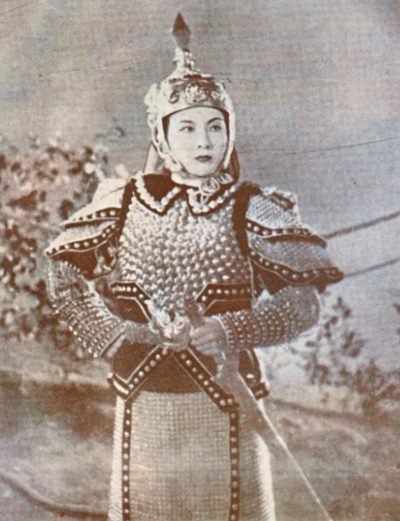 Y’know, considering this is now more than eighty years old, this was likely better than I expected. Chen makes for a solid and engaging heroine, right from the start, when she tricks the residents of a nearby village, who demand she hand over the proceeds of her hunting [I am hoping the dead bird which plummets to the ground with an arrow through it, less than three minutes in, was a stunt avian…]
Y’know, considering this is now more than eighty years old, this was likely better than I expected. Chen makes for a solid and engaging heroine, right from the start, when she tricks the residents of a nearby village, who demand she hand over the proceeds of her hunting [I am hoping the dead bird which plummets to the ground with an arrow through it, less than three minutes in, was a stunt avian…] I probably should have done a bit more research before adding this to the list of versions for review here. I saw a sixties movie made by Shaw Brothers with that title, and presumed there would be kung-fu. Boy, was I wrong. There’s about one significant scene, which pits Mulan (Po) and some of her new army colleagues against each other. And that’s it. Oh, there is a battle between Imperial and invading forces. This might have contained some action, but was so poorly photographed – mostly due to incredibly bad lighting – that it was impossible to tell. What there was, instead, was singing.
I probably should have done a bit more research before adding this to the list of versions for review here. I saw a sixties movie made by Shaw Brothers with that title, and presumed there would be kung-fu. Boy, was I wrong. There’s about one significant scene, which pits Mulan (Po) and some of her new army colleagues against each other. And that’s it. Oh, there is a battle between Imperial and invading forces. This might have contained some action, but was so poorly photographed – mostly due to incredibly bad lighting – that it was impossible to tell. What there was, instead, was singing.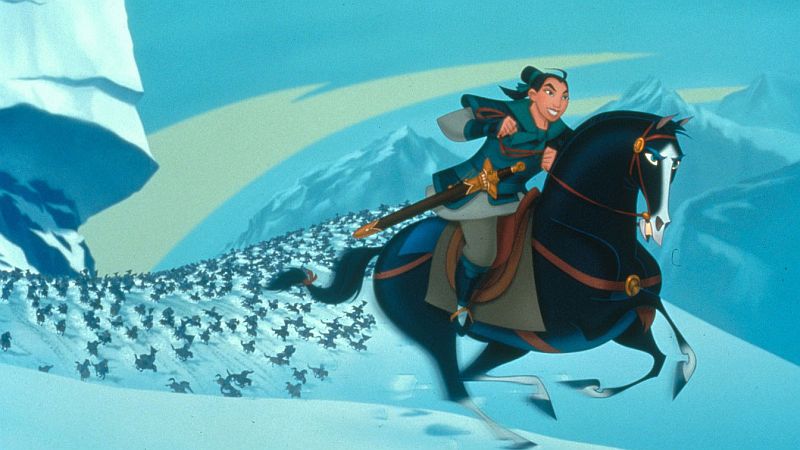
 D
D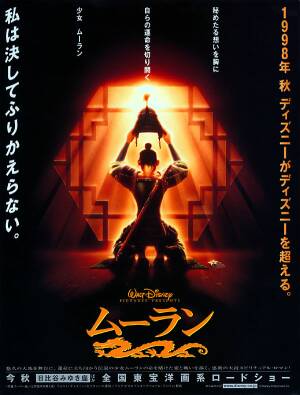 isney movies are not the usual place to find action heroines: their classic woman is a princess, who sits in a castle and waits for someone of appropriately-royal blood to come and rescue her from whatever evil fate (wicked stepmother, poisoned spinning wheel, etc.) that has befallen her.
isney movies are not the usual place to find action heroines: their classic woman is a princess, who sits in a castle and waits for someone of appropriately-royal blood to come and rescue her from whatever evil fate (wicked stepmother, poisoned spinning wheel, etc.) that has befallen her. There’s also no threat of execution when her deception is found out – Chinese culture may perhaps actually have a more tolerant approach to such things, though this is admittedly going only by the likes of Peking Opera, and a good chunk of Brigitte Lin’s career. And, of course, both the romantic angle and amusing sidekick were modern additions. This contrasts sharply with one version of the original, which has the Emperor hearing of Mulan’s exploits, and demanding she becomes his concubine. Mulan commits suicide in preference to this fate, an ending that, for some reason, didn’t make it into the Disney adaptation…
There’s also no threat of execution when her deception is found out – Chinese culture may perhaps actually have a more tolerant approach to such things, though this is admittedly going only by the likes of Peking Opera, and a good chunk of Brigitte Lin’s career. And, of course, both the romantic angle and amusing sidekick were modern additions. This contrasts sharply with one version of the original, which has the Emperor hearing of Mulan’s exploits, and demanding she becomes his concubine. Mulan commits suicide in preference to this fate, an ending that, for some reason, didn’t make it into the Disney adaptation…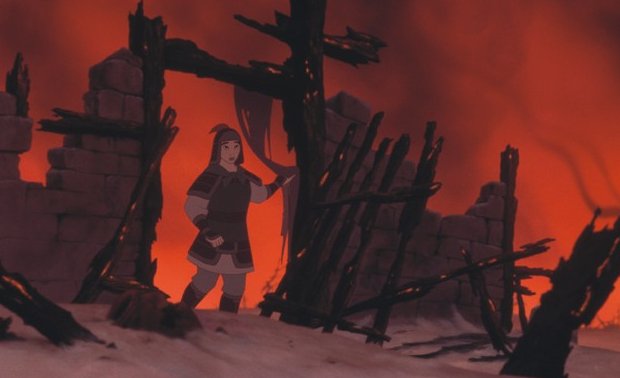 That’s a shame, because the original still has a great deal to offer. Unlike many Disney films, the songs don’t bring proceedings to a grinding halt and are notably absent from the second half of the film. Indeed, the transition is deliberately abrupt: a band of happy, singing warriors is stopped mid-verse when they come across a burnt-out village which the Huns have exterminated (right). It’s a simple, but highly effective moment, where silence says a lot more than any words. [At one point a song for Mulan about the tragedy of war was considered, but this was dropped, along with Mushu’s song, Keep ‘Em Guessing – both decisions which can only be applauded.]
That’s a shame, because the original still has a great deal to offer. Unlike many Disney films, the songs don’t bring proceedings to a grinding halt and are notably absent from the second half of the film. Indeed, the transition is deliberately abrupt: a band of happy, singing warriors is stopped mid-verse when they come across a burnt-out village which the Huns have exterminated (right). It’s a simple, but highly effective moment, where silence says a lot more than any words. [At one point a song for Mulan about the tragedy of war was considered, but this was dropped, along with Mushu’s song, Keep ‘Em Guessing – both decisions which can only be applauded.]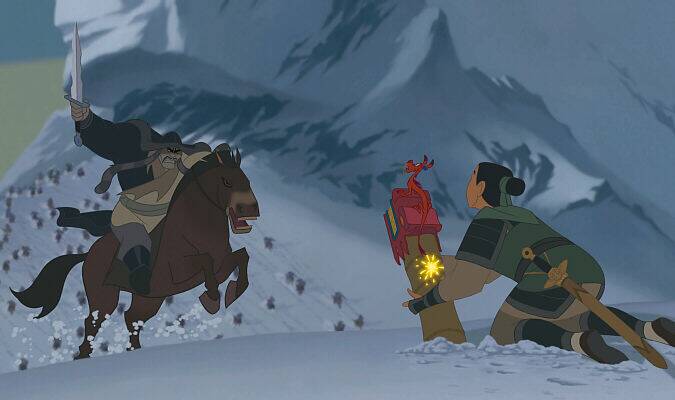 However, personally, I’d say the value of having a clearly non-Caucasian heroine (a first for any Disney film) outweighs relatively minor quibbles about subtext. It may be the last great hand-drawn animated feature from the studio which invented the genre, and all but defined it for sixty years, so I have absolutely no hesitation in recommending this as an empowering and highly entertaining tale for children – of any age, but especially those too young to read subtitles. There aren’t many action heroine films our entire family loves, but Mulan is definitely high on the list.
However, personally, I’d say the value of having a clearly non-Caucasian heroine (a first for any Disney film) outweighs relatively minor quibbles about subtext. It may be the last great hand-drawn animated feature from the studio which invented the genre, and all but defined it for sixty years, so I have absolutely no hesitation in recommending this as an empowering and highly entertaining tale for children – of any age, but especially those too young to read subtitles. There aren’t many action heroine films our entire family loves, but Mulan is definitely high on the list.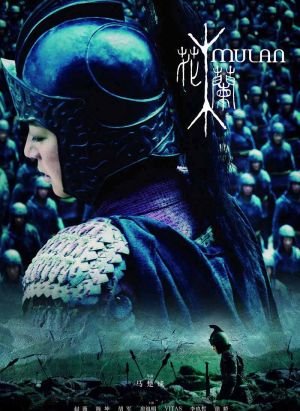 Inspired by the same poem as Disney’s much-loved feature, this has the same basic idea – a young woman impersonates a man in order to save her father from being drafted in the army. However, this takes a rather different approach, being much darker in tone, not that’s this is much of a surprise, I guess. It’s also a lot longer in scope, with Mulan (Zhao, whom you may recognize as the heroine/goalkeeper from Shaolin Soccer), rather than fighting a single campaign, becoming a career soldier and rising through the ranks as a result of her bravery in battle, eventually becoming a general, tasked with defending the Wei nation from the villainous Mendu (Hu). He has killed his own father in order to take control, and has united the nomadic tribes of the Rouran, amassing an army of 200,000 to invade Mulan’s home territory. She comes up with a plan to lure him into a trap, but when she is betrayed by a cowardly commander, things look bleak indeed for Mulan and Wentai (Chen), one of the few who know her secret.
Inspired by the same poem as Disney’s much-loved feature, this has the same basic idea – a young woman impersonates a man in order to save her father from being drafted in the army. However, this takes a rather different approach, being much darker in tone, not that’s this is much of a surprise, I guess. It’s also a lot longer in scope, with Mulan (Zhao, whom you may recognize as the heroine/goalkeeper from Shaolin Soccer), rather than fighting a single campaign, becoming a career soldier and rising through the ranks as a result of her bravery in battle, eventually becoming a general, tasked with defending the Wei nation from the villainous Mendu (Hu). He has killed his own father in order to take control, and has united the nomadic tribes of the Rouran, amassing an army of 200,000 to invade Mulan’s home territory. She comes up with a plan to lure him into a trap, but when she is betrayed by a cowardly commander, things look bleak indeed for Mulan and Wentai (Chen), one of the few who know her secret. ★★★
★★★ And make no mistake: I love the animated version: to me, it’s the best of the “new wave” of Disney features which began with Beauty and the Beast. It has a huge emotional range, perhaps more than any other Disney film outside Pixar, and can switch on a dime, going from cheerful song to grim destruction without jarring. I will also say, this is the first I’ve seen in Disney’s live-action adaptations of their animated catalog. All the others seemed entirely redundant, but this one seemed to offer scope for a different take on the subject. It does deliver on this expectation, but I can’t help feeling that, overall, more was lost here than gained.
And make no mistake: I love the animated version: to me, it’s the best of the “new wave” of Disney features which began with Beauty and the Beast. It has a huge emotional range, perhaps more than any other Disney film outside Pixar, and can switch on a dime, going from cheerful song to grim destruction without jarring. I will also say, this is the first I’ve seen in Disney’s live-action adaptations of their animated catalog. All the others seemed entirely redundant, but this one seemed to offer scope for a different take on the subject. It does deliver on this expectation, but I can’t help feeling that, overall, more was lost here than gained. I suppose this could be claimed to be a “mockbuster”, not so different from the sound-alike films released by The Asylum, e.g. Snakes on a Train. There’s no doubt this was made to ride the coat-tails of its far larger and better advertised big sister. And it’s not alone, with at least two other Chinese films apparently in production, one animated and the
I suppose this could be claimed to be a “mockbuster”, not so different from the sound-alike films released by The Asylum, e.g. Snakes on a Train. There’s no doubt this was made to ride the coat-tails of its far larger and better advertised big sister. And it’s not alone, with at least two other Chinese films apparently in production, one animated and the 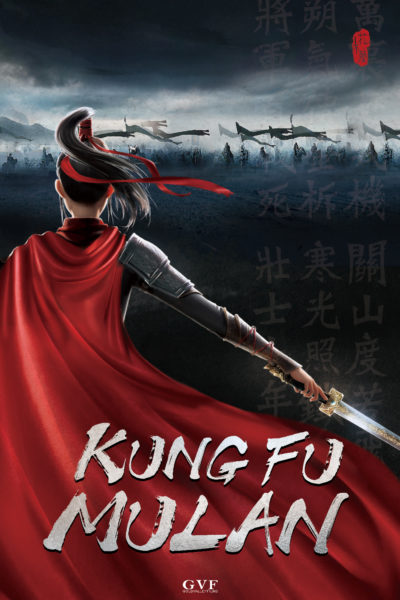 Going into this, I was expecting it to be really terrible. After all, this Chinese animated version seemed to be little more than a mockbuster, riding on the trails of Disney’s
Going into this, I was expecting it to be really terrible. After all, this Chinese animated version seemed to be little more than a mockbuster, riding on the trails of Disney’s  When I
When I 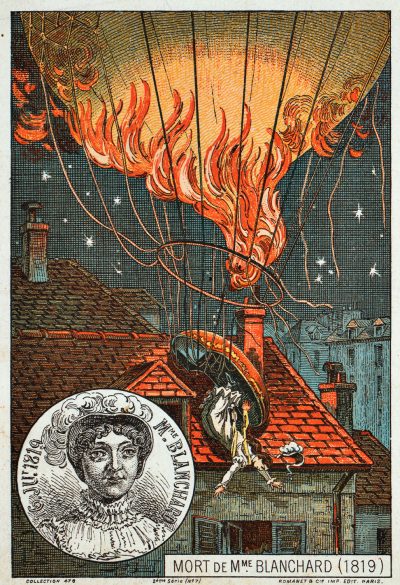 For by this point, the novelty of merely seeing someone slowly ascend into the air had worn a bit thin. The Blanchards needed to jazz their spectacle up a bit to keep the crowds coming back. This included letting off fireworks from the balloon – a hazardous practice, given the inflammable nature of both the balloon and its gaseous contents – and tossing dogs out of the basket. Attached to those then recently-invented parachutes, I should add.
For by this point, the novelty of merely seeing someone slowly ascend into the air had worn a bit thin. The Blanchards needed to jazz their spectacle up a bit to keep the crowds coming back. This included letting off fireworks from the balloon – a hazardous practice, given the inflammable nature of both the balloon and its gaseous contents – and tossing dogs out of the basket. Attached to those then recently-invented parachutes, I should add. These exhibitions were not without incident. She flew over the Alps, and some of her flights lasted as long as 14½ hours, reaching a height of over 12,000 feet. At that height, the environment was so cold, icicles formed on her face, and she was in danger of passing out due to a lack of oxygen. In 1817, she almost drowned when her selected landing-spot turned out to be a marsh, and she became caught up in her craft’s rigging after touchdown. Only the fortuitous arrival of assistance saved her from a watery grave. However, it was only a stay of execution, rather than a pardon.
These exhibitions were not without incident. She flew over the Alps, and some of her flights lasted as long as 14½ hours, reaching a height of over 12,000 feet. At that height, the environment was so cold, icicles formed on her face, and she was in danger of passing out due to a lack of oxygen. In 1817, she almost drowned when her selected landing-spot turned out to be a marsh, and she became caught up in her craft’s rigging after touchdown. Only the fortuitous arrival of assistance saved her from a watery grave. However, it was only a stay of execution, rather than a pardon.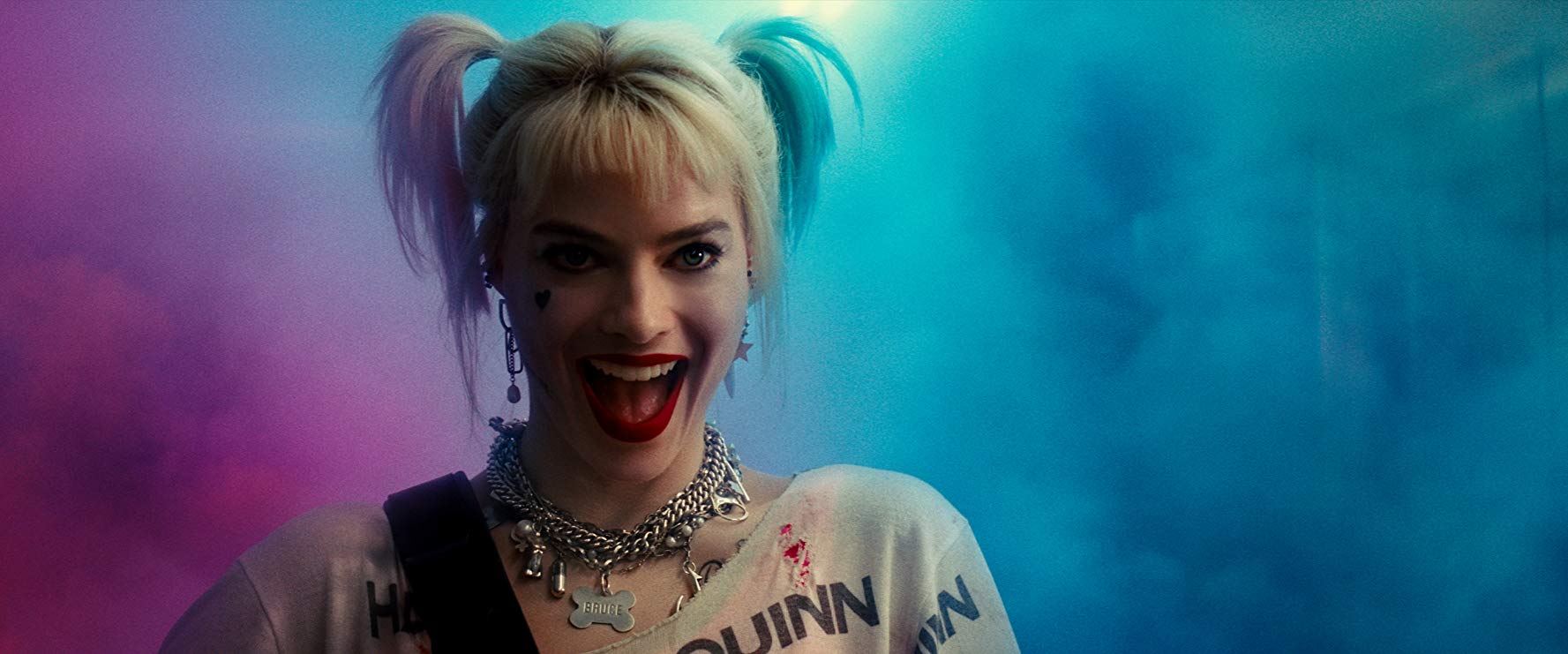 And there ends 2019. Before we get on to looking at what’s to come in the action heroine arena for 2020, let’s quickly review what was saw this year from the film out of the
And there ends 2019. Before we get on to looking at what’s to come in the action heroine arena for 2020, let’s quickly review what was saw this year from the film out of the  Black Widow (1 May)
Black Widow (1 May)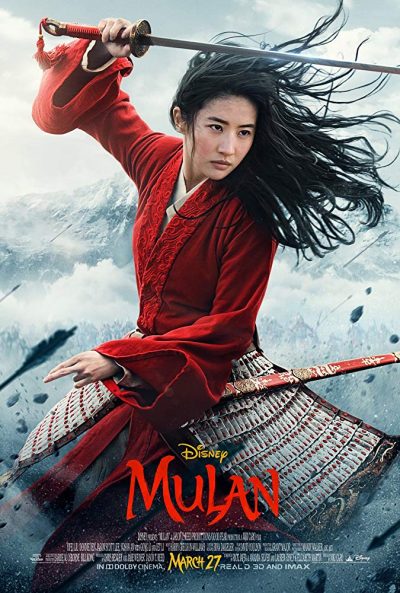 Mulan (27 Mar)
Mulan (27 Mar)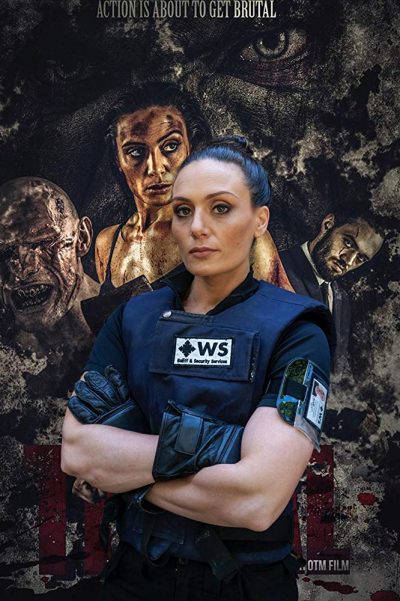 Tribal Get Out Alive (9 Apr – UK)
Tribal Get Out Alive (9 Apr – UK)




